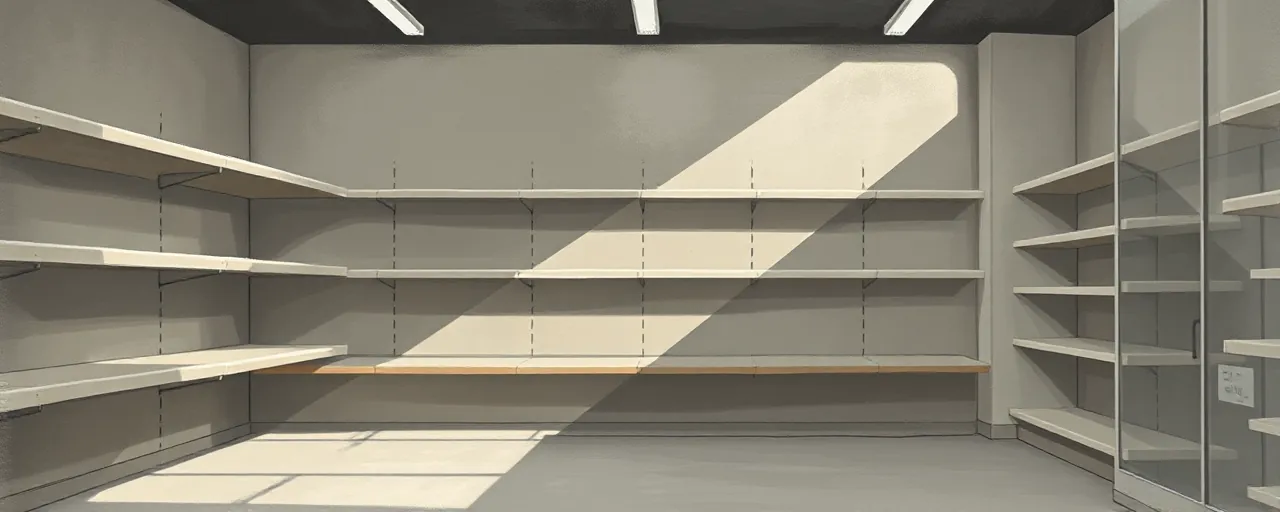A Warning From the Top
The heads of Walmart, Target, and Home Depot have sounded an alarm. New tariff policies, they cautioned, could unravel supply chains, drive up prices, and leave store shelves bare in as little as two weeks. Their concerns, voiced directly to President Donald Trump, underscore the fragility of global trade networks already strained by years of disruptions. For consumers, the stakes are immediate: higher costs for everyday goods and potential shortages.
These retail giants are not alone in their unease. The warnings reflect a broader anxiety among businesses grappling with the ripple effects of protectionist trade measures. As tariffs reshape the economic landscape, companies face tough choices, from absorbing costs to passing them on to shoppers. The debate over tariffs has reignited tensions between fostering domestic industry and preserving affordable access to goods.
At the heart of the issue is a proposed 10% baseline tariff on all imports, with steeper rates targeting countries like China. While aimed at bolstering U.S. manufacturing, the policy risks destabilizing a retail sector still recovering from pandemic-era shocks and geopolitical turbulence. The question now is whether these warnings will shift the trajectory of trade policy or merely highlight its far-reaching consequences.
The Supply Chain Squeeze
Global supply chains are under unprecedented pressure. A Maersk survey revealed that 76% of European shipping customers faced disruptions last year, with nearly a quarter enduring over 20 incidents. From Red Sea conflicts to Panama Canal bottlenecks, the list of challenges is long. Tariffs add another layer of complexity, threatening to choke the flow of goods that retailers depend on.
Companies have responded by diversifying suppliers and regionalizing operations. Over 73% now use dual-sourcing to reduce reliance on single suppliers, while 60% have improved visibility into their tier-one suppliers. Yet, these adaptations come at a cost. Inventory buffers, built up during the pandemic, are shrinking as firms prioritize efficiency. Only 34% maintain elevated stocks, leaving little room for error if tariffs disrupt imports.
The retail sector is particularly vulnerable. Apparel prices have already climbed 17% due to recent tariffs, while food costs are up nearly 3%. For consumers, these increases translate to a $3,800 annual hit to household budgets, with lower-income families feeling the pinch most acutely. Retailers, caught between rising costs and consumer fatigue, struggle to balance profitability with affordability.
Economic Ripples and Global Tensions
The economic fallout of tariffs extends beyond U.S. borders. The International Monetary Fund projects that a sustained 10-point tariff hike could shave 1% off U.S. GDP and 0.7% off global GDP in 2025. Retaliatory measures from trading partners like China, the EU, and Mexico are already in motion, threatening to shrink global trade volumes and dampen growth.
Historically, protectionist policies have sparked unintended consequences. The Smoot-Hawley Tariff Act of 1930, for instance, deepened the Great Depression by triggering trade wars. Today’s tariffs risk similar escalation, with export-dependent economies facing job losses and weakened industrial output. While some argue tariffs shield domestic industries, evidence suggests prolonged protectionism stifles innovation and productivity.
Corporate lobbying has surged in response, with trade-related expenditures jumping 277% in early 2025. Businesses are scrambling to secure exemptions or influence policy, diverting resources from operations. This frenzy underscores the high stakes of trade decisions, as firms navigate a landscape shaped by both opportunity and risk.
Consumers Caught in the Crossfire
For American households, tariffs are more than a policy debate; they’re a direct hit to the wallet. Inflation, already at 2.8% year-over-year, is squeezing budgets. Consumers are adapting by opting for cheaper brands and cutting back on non-essentials. Over half of low-income households have traded down on meat and dairy, while even wealthier shoppers are turning to private labels.
Despite steady wage growth and low unemployment, confidence is wavering. Spending rose just 0.4% in February, below expectations, as households grapple with higher prices and uncertainty. Auto loan and credit card delinquencies, while manageable, are creeping up, signaling financial strain for some. The shift toward value-driven purchases reflects a broader caution that could slow retail growth.
Retailers face a delicate balancing act. Passing on tariff costs risks alienating customers, but absorbing them erodes margins. The National Retail Federation projects industry sales will hit $5.42 trillion to $5.48 trillion in 2025, but growth hinges on navigating these pressures. For now, consumers bear the brunt of trade policy’s unintended effects.
A Path Forward
The warnings from retail leaders highlight a critical juncture. Tariffs, while designed to protect domestic interests, risk cascading disruptions that could reshape the retail landscape. Policymakers face a complex challenge: balancing economic nationalism with the realities of a globalized economy. Businesses, meanwhile, are investing in resilience, from digitization to diversified sourcing, to weather the storm.
For consumers, the immediate future holds higher prices and tough choices. Yet, the broader implications of tariffs—on trade, innovation, and global stability—will unfold over years. As stakeholders weigh the costs and benefits, the voices of retailers, shoppers, and trading partners alike will shape the debate over America’s economic path.
